Noto Peninsula and Kanazawa: Discovering Ishikawa’s Cultural Heart and Coastal Beauty
Ishikawa Prefecture offers an incredible blend of cultural richness and natural beauty, and nowhere is this more evident than in the elegant city of Kanazawa and the rugged yet serene Noto Peninsula. From the historic charm of Kanazawa’s gardens, castles, and samurai districts to the untouched coastal landscapes and traditional fishing villages of Noto, these two destinations together provide a perfect balance of urban sophistication and rural tranquility. Whether you’re a culture enthusiast or a nature lover, Ishikawa’s treasures will captivate you.
Kanazawa: Where Tradition and Modernity Meet
Kanazawa, often referred to as the “Little Kyoto” of Japan, is a city where history feels alive. At the heart of Kanazawa lies Kenrokuen Garden, one of Japan’s most celebrated gardens. Kenrokuen’s beauty lies in its harmonious blend of water, trees, flowers, and stone, with seasonal shifts that bring stunning cherry blossoms in the spring, vibrant maples in the fall, and serene snow scenes in the winter.
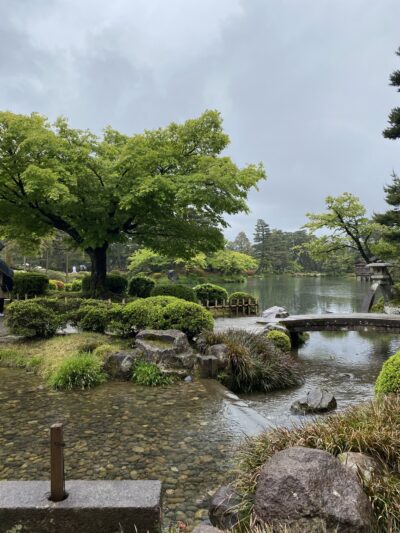
Kenrokuen Garden
Just a stone’s throw from the garden is Kanazawa Castle, a symbol of the city’s samurai past. The castle, which dates back to the 16th century, once housed the powerful Maeda clan. Today, it stands as a testament to Kanazawa’s feudal history, with its massive gates, turrets, and stone walls offering visitors a glimpse into Japan’s samurai era.
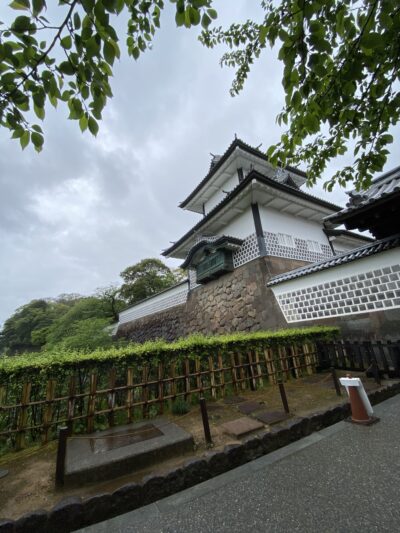
The Geisha and Samurai Districts
No trip to Kanazawa is complete without a visit to its historic districts. The Higashi Chaya District, Kanazawa’s traditional geisha quarter, remains a well-preserved pocket of the city. Wander down narrow streets lined with wooden teahouses, where geishas still perform for private gatherings. Many of these teahouses are now museums or cafes, where you can enjoy matcha while soaking in the old-world atmosphere.
Nearby, the Nagamachi Samurai District transports you back to the Edo period. Here, you can explore the former residences of samurai, including the Nomura Samurai House, which has been meticulously restored and features a stunning traditional garden and artifacts from samurai life.
Gold Leaf Craft and Modern Art
Kanazawa is known as the hub of gold leaf production in Japan, with over 99% of the country’s gold leaf originating from this city. You can see intricate gold leaf crafts, from decorative items to even food, at various shops and galleries. Many workshops also offer the chance to try applying gold leaf to souvenirs, providing a hands-on experience of one of Kanazawa’s proudest traditions.
For a taste of modern culture, visit the 21st Century Museum of Contemporary Art, a strikingly modern building that houses works by both Japanese and international artists. The museum is known for its innovative architecture and interactive exhibits, including Leandro Erlich’s “Swimming Pool,” a clever optical illusion that gives visitors the feeling of walking underwater.
Noto Peninsula: Rugged Coasts and Timeless Villages
Just a short drive from the urban energy of Kanazawa lies the Noto Peninsula, a stretch of land that juts out into the Sea of Japan. Noto offers a sharp contrast to Kanazawa’s cityscape, with its quiet fishing villages, dramatic coastlines, and deep connection to nature.
The Scenic Noto Kongo Coast
One of the peninsula’s standout features is its dramatic coastline. The Noto Kongo Coast is famous for its steep cliffs, sea caves, and weathered rock formations, the result of centuries of wind and waves. Ganmon Rock, a towering stone arch carved by the ocean, is one of the most iconic sights along this coastline. There are hiking trails that offer stunning views of the cliffs and the sea, or you can opt for a scenic boat tour to experience the coast’s rugged beauty from the water.
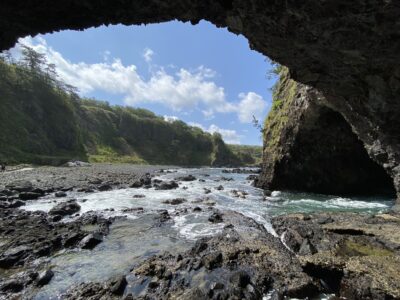
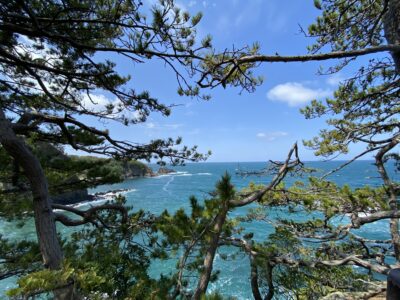
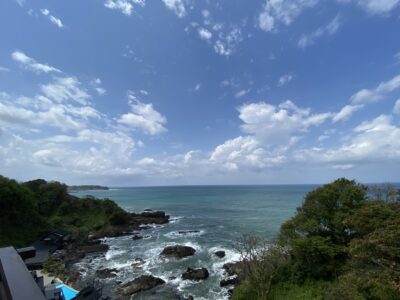
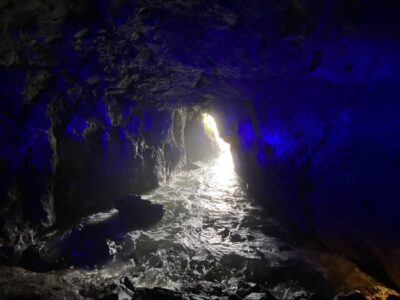
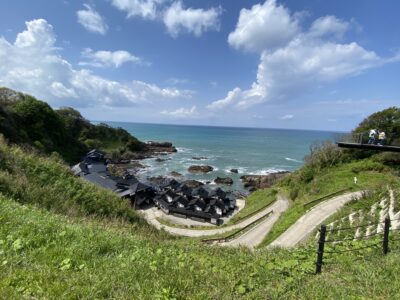
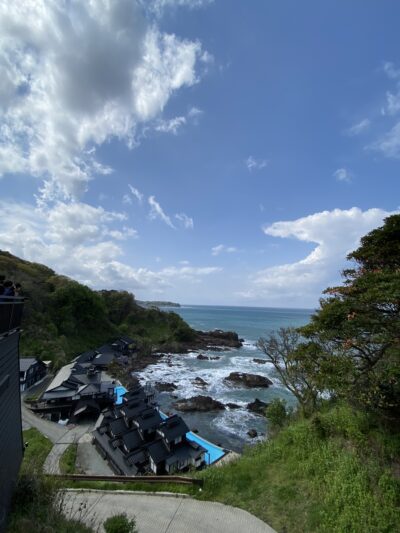
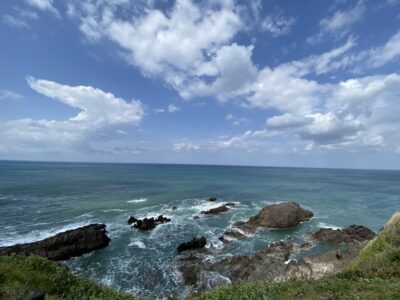
Wajima and Traditional Craftsmanship
At the heart of Noto is the town of Wajima, renowned for its Wajima-nuri lacquerware, a traditional craft with a history that dates back over a thousand years. Wajima lacquerware is known for its durability and intricate designs, often incorporating gold leaf—an art closely tied to Kanazawa’s own heritage. Visitors can tour workshops to see artisans at work or even try their hand at the craft.
Wajima is also home to one of Japan’s oldest markets, the Wajima Morning Market, which has been operating for over a millennium. The market is a vibrant hub of activity, where local vendors sell fresh seafood, vegetables, and handcrafted goods. It’s a great place to experience the local culture and sample some of Noto’s freshest produce, including its famous seafood.
Noto’s Hidden Villages and Festivals
Driving through Noto reveals small, picturesque villages that seem frozen in time. Many of these villages cling to the coastline or are nestled in the peninsula’s rolling hills. One of the most charming is the town of Suzu, located at the northernmost tip of Noto. Here, the pace of life is slow, and visitors can enjoy scenic coastal walks, salt farms, and the dramatic sight of Mitsukejima, also known as “Battleship Rock,” rising out of the sea.
Noto is also known for its lively festivals, which blend Shinto beliefs with local traditions. The Kiriko Matsuri, held in various villages across the peninsula, is a dramatic lantern festival where massive kiriko lanterns, some as tall as 15 meters, are paraded through the streets. These festivals are filled with vibrant energy, traditional music, and deep community spirit, offering visitors a unique look at Noto’s living culture.
From City to Coast: An Enriching Journey
What makes a visit to both Kanazawa and the Noto Peninsula so special is the diversity of experiences. In Kanazawa, you’ll be immersed in history, art, and sophisticated culture, from strolling through meticulously kept gardens to visiting traditional teahouses and samurai estates. Then, in Noto, you’ll slow down to the rhythm of nature and rural life, exploring rugged coastlines, quiet fishing villages, and ancient festivals that have remained unchanged for centuries.
By exploring both Kanazawa and Noto, you gain a deep appreciation of Ishikawa’s contrasts: the interplay of tradition and modernity, the relationship between land and sea, and the balance between bustling city life and serene natural beauty. For travelers looking for an enriching journey that touches on all aspects of Japanese culture, Ishikawa offers an unforgettable experience.
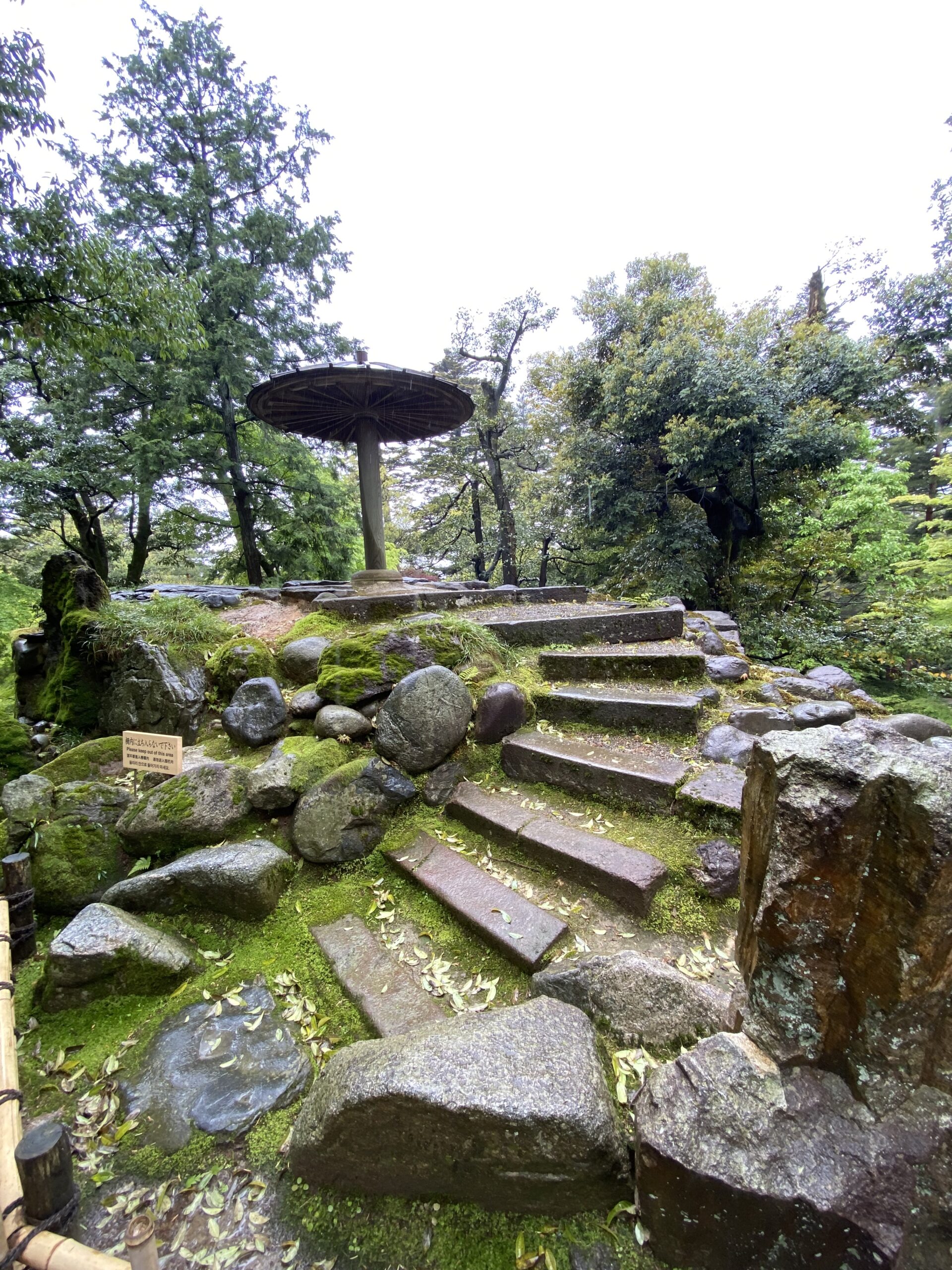


コメント